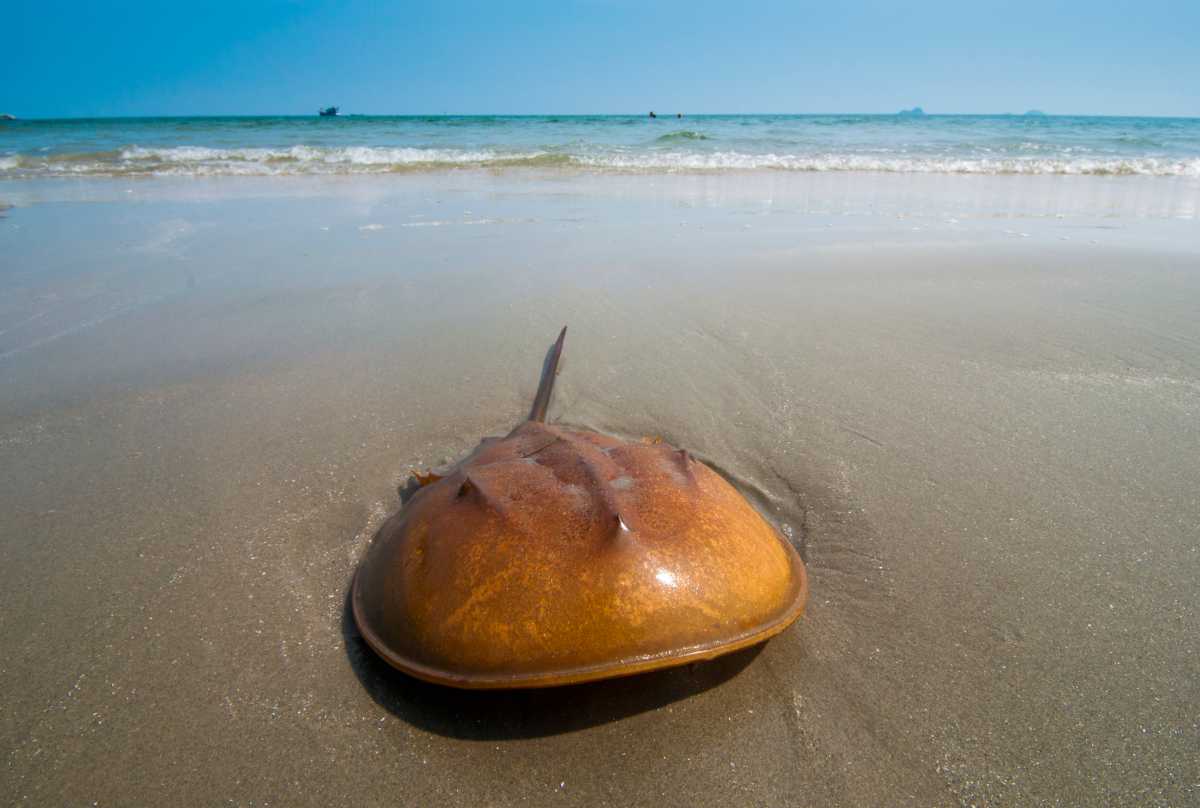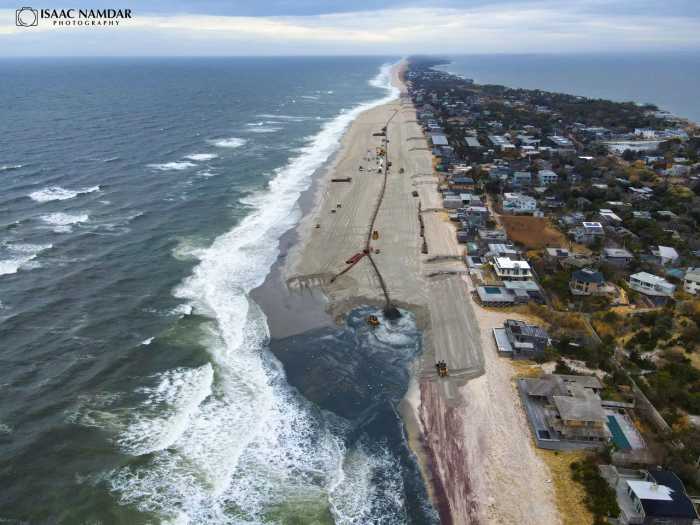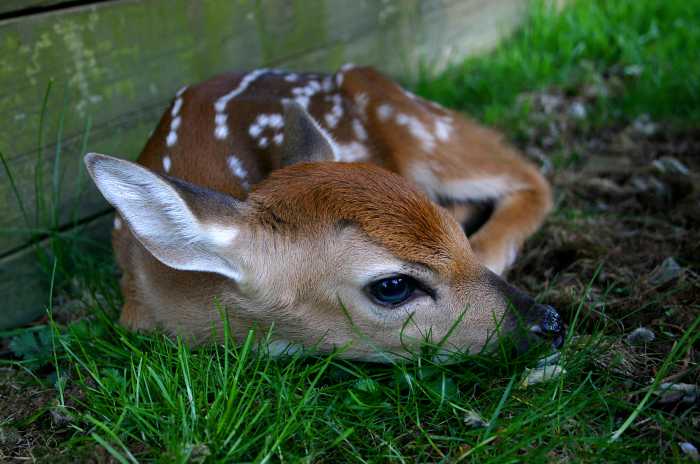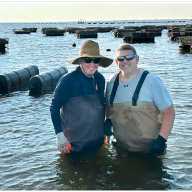“We are destroying this incredible living fossil, chopping it up for bait,” New York State Assemblymember Deborah J. Glick told me in an interview recently.
Glick is the author of a bill in the NY State Assembly, with which a companion bill in the NY State Senate has already passed to improve horseshoe crab protection. If signed into law, horseshoe crab harvesting would be prohibited from New York State waters except for educational and research purposes
The legislation is now before Governor Kathy Hochul to sign or veto.
In a letter to the governor, Assemblymember Glick, a Manhattan resident who spent several years renting in Cherry Grove––knows the Fire Island shore well, which is among the prime habitats for horseshoe crabs.
“Horseshoe crabs have existed for over 400 million years,” Glick wrote. “Commonly referred to as living fossils, these marine creatures predate the earliest dinosaurs by hundreds of millions of years. Their long existence on our planet has led them to be a keystone species of which many other marine and avian species rely on for their continued survival…Unfortunately humanity’s exploitation of this prehistoric species has threatened to end horseshoe crabs’ 400-million-year existence.”
Environmentalists in Suffolk County are enthusiastically backing the legislation and so is Dr. John Tanacredi, a scientist and global expert on horseshoe crabs.
“It needs to be done,” said Tanacredi of the proposed ban.
From New York State waters, principally off Long Island’s shores, 150,000 horseshoe crabs are taken every year—mainly for bait to catch whelk and eel, said Tanacredi, director of the Center for Environmental Research and Coastal Oceans Monitoring (CERCOM) located in West Sayville, a component of Molloy University in Rockville Centre.
For many decades Tanacredi has extensively studied horseshoe crabs. He points out that horseshoe crabs aren’t all over the U.S. but are limited to the Atlantic Coast from Maine to Florida. In a presentation before the group Long Island Metro Business Action in 2021, he said they could now be “on the cusp” of local “extinction.”
The Seatuck Environmental Association, based in Islip, has also expressed strong support in a letter to Governor Hochul.
“We urge you to sign the legislation into law,” said the letter, signed by Enrico Nardone, executive director of Seatuck and an attorney, and John Turner, Seatuck’s senior conservation policy advocate. “If done, this beleaguered species, of which approximately 3.5 million have been killed in New York State over the past quarter century for use as bait in the eel and whelk fisheries, will finally receive the protection it deserves…. As a result of this huge take, horseshoe crabs have declined precipitously in New York coastal waters, most notably at numerous sites around Long Island. Many Long Islanders have noted the significant decline in horseshoe crab populations, recalling when the species was abundant in New York coastal waters decades ago.”
New York State Department of Environmental Conservation has set annual harvest quotas for the crabs at 150,000 animals and has implemented a few other measures in an effort to conserve horseshoe crab populations. Unfortunately, these strategies have failed to reverse the loss.
“We understand there is opposition to the legislation from the Long Island Farm Bureau, representing baymen, and several companies that ‘bleed’ horseshoe crabs for the production of Limulus Ameboxyte Lysate (LAL), which is used to detect…bacteria on surgical equipment and implants. We believe their opposition is unjustified,” Seatuck’s letter to the governor continued.
The letter further attests that other bait options have been proven effective in catching both whelk and eel and states that synthetic alternatives to LAL also exist.
A new laboratory-manufactured product, recombinant rFC [scientific shorthand for recombinant Factor C], is an alternative to LAL and has proven to be as effective and, in some cases, more effective than LAL. Not surprisingly, given its effectiveness, rFC has been approved for use in Europe, where it is displacing LAL.
Seatuck is asking people to write to Governor Hochul and ask her to sign the legislation. On its website—seatuck.org— an “Action Alert” states: “Your help is needed to ensure New York seizes a historic opportunity to safeguard horseshoe crab populations.”
“Please take a moment to urge Governor Hochul to enact this important measure,” it says. It lists the governor’s office’s phone number, 518-474-8390, the link to her “official contact page,” and suggests, too, “mailing her a letter or postcard.”
Adrienne Esposito, executive director of a leading environmental organization here, Citizens Campaign for the Environment, says: “We have been depleting the species for decades, and it is time to stop. We are incredibly excited that horseshoe crabs will finally have the critical protections they need in New York State so their populations can rebound.”





























